Meet Doug and Stacy Homesteaders, a dynamic duo on a mission to live closer to the land and embrace a simpler, more self-sufficient way of life. After leaving behind the trappings of modern society, Doug and Stacy embarked on a journey towards homesteading, building their own off-grid homestead in the heart of rural Missouri. In this article, we’ll explore the inspiring story of Doug and Stacy, their sustainable practices, and their commitment to living off the land.

The Journey to Homesteading:
For Doug and Stacy, the journey to homesteading began with a desire to live a more sustainable and fulfilling life. Tired of the rat race and disillusioned with the consumer-driven culture of modern society, they made the bold decision to leave behind their suburban lifestyle and pursue a simpler way of life in the countryside. With a passion for self-sufficiency and a love for the land, Doug and Stacy set out to build their own homestead from the ground up, learning valuable skills along the way and embracing the challenges of off-grid living.
Sustainable Practices:
At the heart of Doug and Stacy’s homesteading journey is a commitment to sustainability and environmental stewardship. From organic gardening and permaculture to renewable energy and water conservation, they employ a variety of sustainable practices to minimize their ecological footprint and live in harmony with nature. Through rainwater harvesting, composting, and regenerative agriculture, they strive to create a self-sustaining ecosystem that supports their homestead and nourishes the land for future generations.
DIY Projects and Self-Reliance:
One of the hallmarks of Doug and Stacy’s homestead is their DIY ethos and commitment to self-reliance. From building their own log cabin and chicken coop to crafting handmade furniture and tools, they demonstrate the power of ingenuity and resourcefulness in creating a thriving homestead from scratch. Through trial and error, experimentation, and a willingness to learn new skills, they have transformed their homestead into a self-sufficient haven where they can live off the land and pursue their dreams of a simpler, more sustainable lifestyle.
Community and Outreach:
In addition to their own homesteading endeavors, Doug and Stacy are passionate about sharing their knowledge and experiences with others. Through their YouTube channel, blog, and social media platforms, they offer valuable insights, tips, and inspiration for aspiring homesteaders around the world. From practical tutorials and how-to guides to heartfelt reflections and stories from the homestead, they invite viewers to join them on their journey and learn from their successes and failures.
Content they create.
| Content Type | Description |
|---|---|
| Gardening Tips | Doug and Stacy share valuable tips and techniques for gardening, including soil preparation, planting schedules, pest management, and more. |
| DIY Projects | They provide step-by-step guides for various DIY projects related to homesteading, such as building raised beds, chicken coops, and solar panels. |
| Content-Type | Doug and Stacy offer insights into sustainable living practices, including rainwater harvesting, composting, off-grid energy solutions, and waste reduction. |
| Livestock Care | They share knowledge about raising and caring for livestock, including chickens, goats, rabbits, and bees, covering topics like housing, feeding, and health maintenance. |
| Food Preservation | Doug and Stacy demonstrate methods for preserving food through canning, fermenting, dehydrating, and other techniques to ensure food security and minimize waste. |
| Cooking from Scratch | They showcase recipes and cooking tips for preparing homemade meals using homegrown produce and sustainably sourced ingredients, promoting self-sufficiency and healthy eating. |
| Homesteading Tours | They give virtual tours of their homestead, showcasing different areas like the garden, greenhouse, animal pens, and off-grid infrastructure, offering inspiration and insights for viewers. |
| Q&A Sessions | Doug and Stacy host Q&A sessions where they address viewers’ questions about homesteading, gardening, livestock, off-grid living, and other related topics, providing personalized advice and guidance. |
| Educational Content | They produce educational content on various aspects of homesteading, covering topics like permaculture principles, herbal medicine, natural building techniques, and sustainable farming practices. |
| Inspirational Stories | They share personal stories and anecdotes from their homesteading journey, highlighting challenges, successes, and lessons learned, inspiring and motivating viewers to pursue their own self-sufficient lifestyle. |
Doug and Stacy Homesteaders
In the heartland of Missouri, a couple named Doug and Stacy have chosen a life less ordinary.
They have traded the hustle and bustle of city life for a simpler, more sustainable existence.

Their home is a homestead, a place where they live in harmony with nature. They grow their own food, raise animals, and live off the grid.
This lifestyle, known as homesteading, is not just a trend for them. It’s a conscious choice, a commitment to self-sufficiency and sustainable living.
Doug and Stacy are modern homesteaders. They have embraced a way of life that many have forgotten or dismissed as outdated.
Yet, their story is a testament to the viability of homesteading in the 21st century. It’s a story of resilience, hard work, and a deep respect for the land.
Through their journey, they have become a source of inspiration for many. They share their experiences and knowledge, encouraging others to explore the homesteading life.
This article delves into the world of Doug and Stacy. It explores their journey to self-sufficiency, the challenges they’ve faced, and the lessons they’ve learned.
It provides a glimpse into the realities of off-grid living, the joys and hardships of growing your own food, and the importance of sustainable practices.
Whether you’re a seasoned homesteader, a beginner, or simply curious, this article offers valuable insights. It paints a picture of what modern homesteading looks like, through the lens of Doug and Stacy’s experiences.
Join us as we explore the fascinating world of Doug and Stacy, and discover what it truly means to live a homestead lifestyle.
Embracing the Homestead Life: Who Are Doug and Stacy?
Doug and Stacy are not your typical couple. They have chosen a path that diverges from the mainstream, a path that leads to a homestead in rural Missouri.
Their journey began over a decade ago. They decided to leave their conventional city life behind, seeking a simpler, more meaningful existence. They yearned for a life that was closer to nature, a life that was self-sufficient and sustainable.
With no prior experience in construction or farming, they embarked on this adventure. They built their own log cabin, started a garden, and began raising animals. They learned to live without public utilities, relying instead on rainwater collection and solar power.
Their homestead is a testament to their hard work and dedication. It’s a place where they grow their own food, practice natural living, and share their knowledge with others. Through their YouTube channel and social media, they inspire thousands of people around the world to embrace the homesteading life.
Doug and Stacy’s story is a reminder that it’s never too late to change your life. It’s a story of courage, resilience, and a deep love for the land. They are modern homesteaders, living proof that a sustainable, self-sufficient lifestyle is not only possible, but also deeply rewarding.
The Journey to Self-Sufficiency: Starting from Scratch
Doug and Stacy’s journey to self-sufficiency began with a bold decision. They chose to leave the comfort and convenience of city life, trading it for the challenges and rewards of homesteading.
They started from scratch, building their own log cabin with their own hands. Despite having no prior construction experience, they learned as they went, proving that determination and a willingness to learn are key to success in homesteading.
Their journey didn’t stop at building a home. They also had to learn how to grow their own food, raise animals, and live without public utilities. They embraced the challenges, viewing each one as an opportunity to learn and grow.
Today, their homestead is a testament to their journey. It’s a place where they live in harmony with nature, practicing sustainable living and self-sufficiency. Their story is an inspiration to all who dream of a simpler, more meaningful life.
Building a Sustainable Homestead: Techniques and Technologies
Doug and Stacy’s homestead is a shining example of sustainable living. They have incorporated a variety of techniques and technologies to make their homestead as self-sufficient and eco-friendly as possible.
One of the key features of their homestead is their reliance on renewable energy. They use solar power for their energy needs, demonstrating that off-grid living is not only possible but also practical in the modern age.
They also practice water conservation, collecting rainwater for their daily needs. This not only reduces their dependence on external water sources but also helps conserve this precious resource.
Their approach to waste management is equally impressive. They use composting toilets, turning waste into a valuable resource for their garden. They also practice recycling and strive to reduce waste wherever possible.
Here are some of the sustainable features of their homestead:
- Solar power system
- Rainwater collection system
- Composting toilets
- Recycling and waste reduction practices
- Use of natural and recycled building materials
Through their sustainable practices, Doug and Stacy show that a homestead can be more than just a place to live. It can be a model of sustainability, demonstrating how we can live in harmony with nature.
Growing and Raising Your Own Food: The Heart of Homesteading
At the heart of Doug and Stacy’s homesteading lifestyle is their commitment to growing and raising their own food. Their homestead is a testament to the abundance that can be achieved through careful planning and hard work.
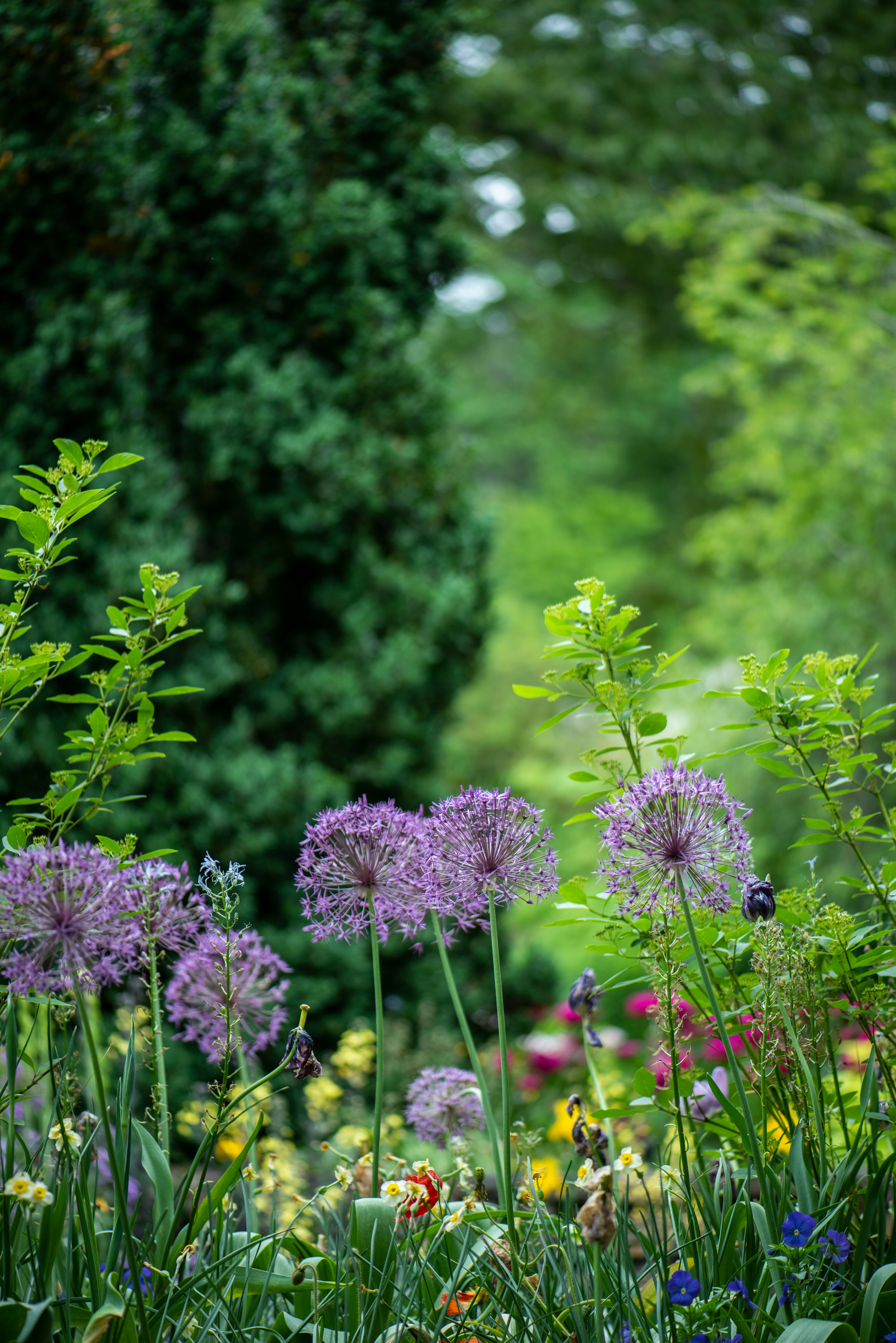
Their garden is a vibrant mix of vegetables, fruits, and herbs. They use organic gardening techniques, focusing on building soil health and promoting biodiversity. They also have a greenhouse where they extend the growing season for their plants.
In addition to their garden, they raise a variety of animals for food and farming purposes. Chickens, goats, and bees are all part of their homestead, each serving a unique role in their self-sufficient lifestyle.
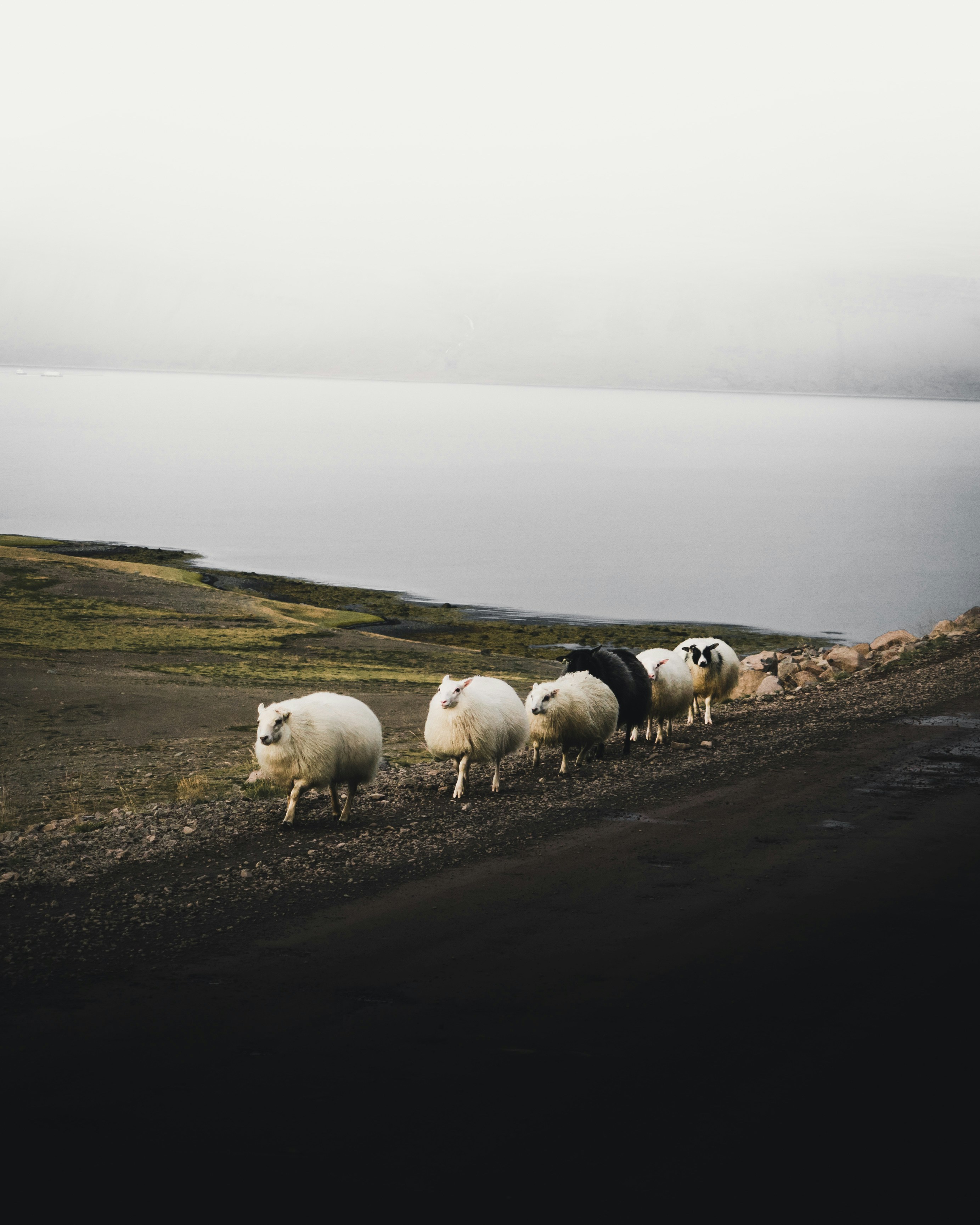
Here are some of the food sources on their homestead:
- Vegetable garden
- Fruit trees and bushes
- Herb garden
- Chickens for eggs and meat
- Goats for milk and cheese
- Bees for honey and pollination
Through their efforts, Doug and Stacy have created a diverse and resilient food system on their homestead. They show that with dedication and knowledge, it’s possible to produce a significant portion of your own food, reducing dependence on external systems and enhancing food security.
Natural Living and Holistic Health: Doug and Stacy’s Approach
Doug and Stacy’s homesteading lifestyle extends beyond food production and sustainable living. It also encompasses a holistic approach to health and well-being. They believe in the power of nature to heal and nourish the body and mind.

They often use herbal remedies, made from plants grown on their homestead. These natural treatments are used for a variety of health issues, from common colds to skin conditions. They also advocate for the health benefits of eating fresh, homegrown food.
Physical activity is another key aspect of their approach to health. The daily tasks of managing a homestead, from gardening to animal care, provide plenty of exercise. This active lifestyle, combined with a diet of fresh, organic food, contributes to their overall health and vitality.
Doug and Stacy also highlight the mental health benefits of homesteading. They talk about the stress reduction that comes from living close to the land, and the sense of accomplishment from producing their own food. They believe that the homesteading lifestyle can lead to a more balanced and fulfilling life.
Their approach to health and wellness is a reminder that homesteading is not just about self-sufficiency and sustainability. It’s also about creating a lifestyle that nurtures the body, mind, and spirit.
Off-Grid Living: Power, Water, and Waste Management
Living off-grid is a key aspect of Doug and Stacy’s homesteading lifestyle. They have no public utility services, relying instead on alternative sources for power, water, and waste management. This approach is not only sustainable but also fosters a sense of independence and resilience.

For power, they use solar panels. These panels harness the energy of the sun, providing electricity for their homestead. They also use a wood-fired cook stove, which serves both as a heating source and a cooking appliance. This combination of modern technology and traditional methods allows them to live comfortably without relying on the grid.
Water is another crucial resource. Doug and Stacy collect rainwater for their needs, using a system of gutters and storage tanks. They also have a well as a backup source. This approach ensures they have a reliable supply of water, even in times of drought.
Waste management is another area where they apply sustainable practices. They use a composting toilet, which turns human waste into nutrient-rich compost. This system not only reduces water usage but also contributes to soil fertility.
In summary, Doug and Stacy’s off-grid lifestyle involves:
- Using solar power and a wood-fired cook stove for energy
- Collecting rainwater and using a well for water supply
- Managing waste with a composting toilet
Their approach to off-grid living demonstrates that it’s possible to live comfortably and sustainably without relying on public utilities. It’s a testament to their resourcefulness and commitment to sustainable living.
The Financials of Homesteading: Costs, Savings, and Making Money
Homesteading, as practiced by Doug and Stacy, involves careful financial planning and management. They often discuss the financial aspects of homesteading, including cost-saving strategies and ways to generate income.

Starting a homestead involves upfront costs. These include land purchase, building materials, and initial setup for gardens and livestock. Doug and Stacy built their own log cabin, which helped them save on construction costs. They also advocate for starting small and gradually expanding, which can spread out the costs over time.
Running a homestead also involves ongoing expenses. These include feed for animals, seeds for planting, and maintenance costs. However, these costs can be offset by the savings from growing your own food, using renewable energy, and reducing consumption.
Doug and Stacy also generate income from their homestead. They sell surplus produce, offer workshops, and monetize their online content. This income helps support their lifestyle and fund new projects on the homestead.
In conclusion, homesteading can be financially viable with careful planning and management. Doug and Stacy’s experience shows that it’s possible to live a fulfilling and sustainable lifestyle while also being financially responsible.
Overcoming Challenges: Weather, Skills, and Setbacks
Homesteading is not without its challenges. Doug and Stacy have faced their fair share of obstacles, from extreme weather to learning new skills from scratch.
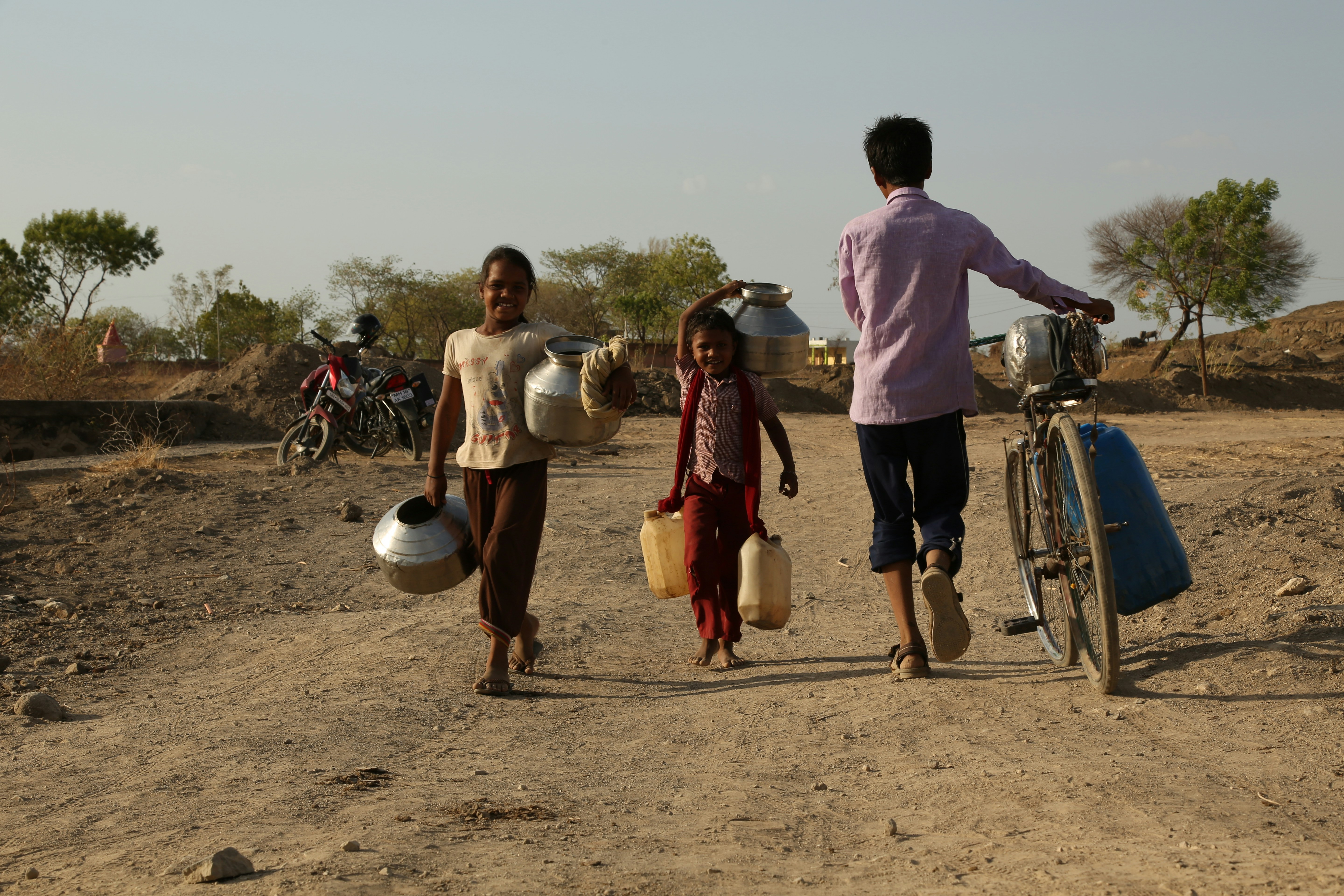
Weather is a significant factor in homesteading. Doug and Stacy have had to adapt to the seasons and work with nature, not against it. They’ve faced droughts, storms, and harsh winters, all of which have tested their resilience and resourcefulness.
Learning new skills is another challenge. Neither Doug nor Stacy had farming or construction experience before starting their homestead. They’ve had to learn everything from building structures to preserving food, often through trial and error.
Setbacks are also part of the homesteading journey. Doug and Stacy have experienced crop failures, animal losses, and other unexpected events. However, they view these setbacks as learning opportunities and use them to improve their practices.
Despite these challenges, Doug and Stacy remain committed to their homesteading lifestyle. They emphasize the importance of hard work, patience, and a positive attitude in overcoming obstacles. Their story serves as a reminder that while homesteading can be tough, it’s also incredibly rewarding.
Community and Collaboration: Networking with Other Homesteaders
Doug and Stacy’s homesteading journey is not a solitary one. They are part of a larger community of homesteaders, both locally and online. They often collaborate with other homesteaders, sharing knowledge, resources, and support.
In their local area, Doug and Stacy participate in community events and gatherings. They also host workshops and tours on their homestead, educating others about homesteading skills and sustainable living. This sense of community is a vital part of their homesteading lifestyle.
Online, Doug and Stacy have a large following of people interested in homesteading and sustainable living. They engage with their followers through social media and YouTube, sharing their experiences and answering questions. They’ve built a strong online community where they can share their knowledge and learn from others.
Doug and Stacy also emphasize the importance of collaboration in homesteading. They often work with other homesteaders on projects, learning from each other’s experiences and skills. They believe that by working together, homesteaders can achieve more than they could alone.
In conclusion, community and collaboration are central to Doug and Stacy’s homesteading lifestyle. They show that homesteading is not just about self-sufficiency, but also about building strong, supportive networks.
Education and Sharing: Doug and Stacy’s Impact Beyond the Homestead
Doug and Stacy’s impact extends far beyond their homestead. They have made it their mission to educate others about the benefits and challenges of homesteading. They share their knowledge and experiences through various platforms, reaching a wide audience.
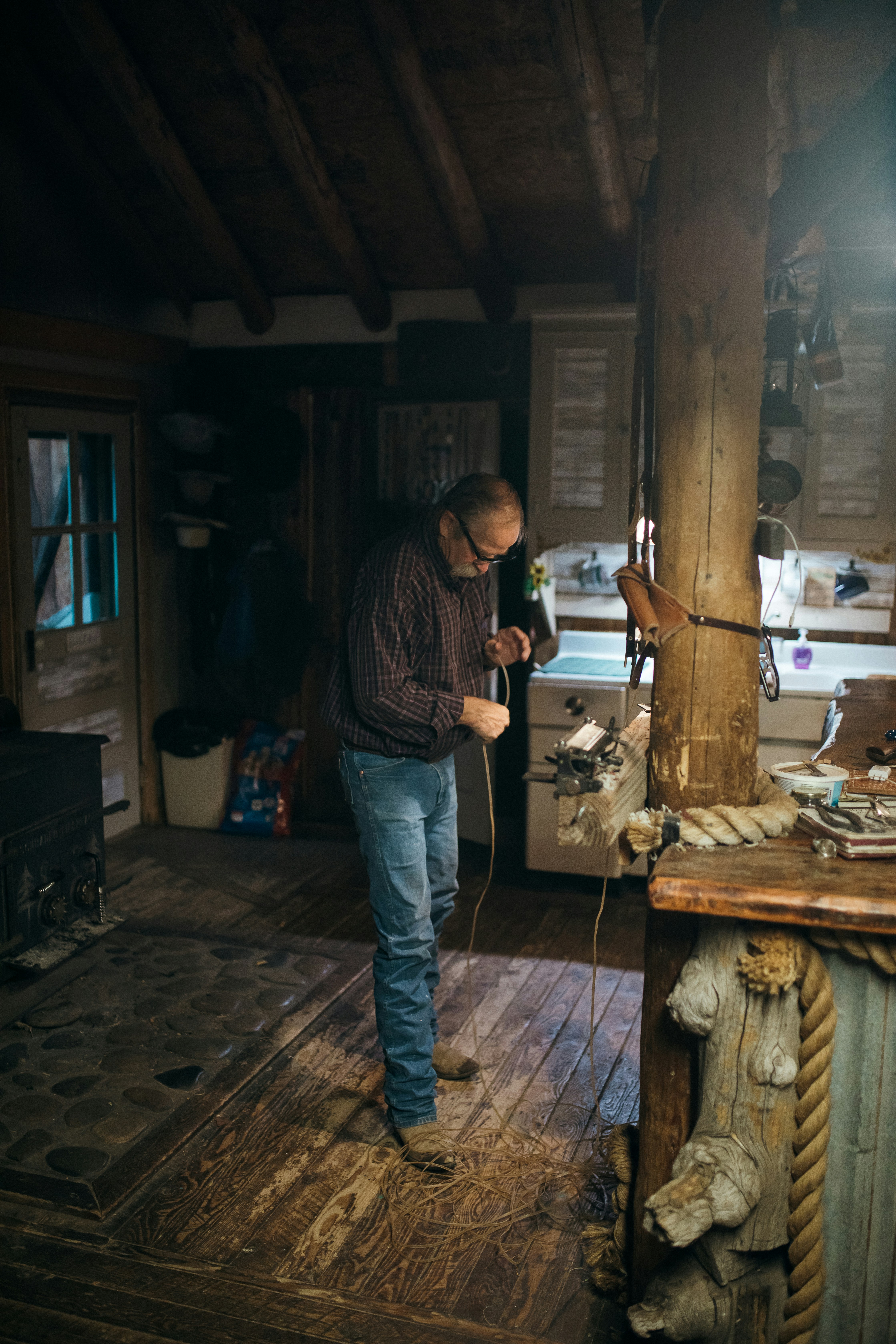
Their YouTube channel is a treasure trove of information. They cover a wide range of topics, from building structures to cooking with homegrown produce. They also share their experiences with natural remedies, animal husbandry, and off-grid living. Their videos are both educational and inspiring, showing the realities of homesteading life.
In addition to their online content, Doug and Stacy host workshops and tours on their homestead. They teach practical skills like gardening, food preservation, and natural building. These hands-on experiences provide valuable learning opportunities for aspiring homesteaders.
Doug and Stacy also participate in homesteading conferences and events. They give talks and demonstrations, sharing their knowledge with larger audiences. They are passionate about educating others and promoting the homesteading lifestyle.
In conclusion, Doug and Stacy are not just homesteaders, but educators. They are committed to sharing their knowledge and experiences, inspiring others to embark on their own homesteading journeys. Through their efforts, they are making a significant impact in the world of homesteading.
The Environmental Impact: Living with a Smaller Footprint
Doug and Stacy’s homesteading lifestyle is not just about self-sufficiency. It’s also about living in harmony with nature and reducing their environmental impact. Their homestead is a testament to sustainable living, demonstrating how we can live with a smaller ecological footprint.
They grow their own food organically, avoiding the use of harmful pesticides and fertilizers. This not only benefits their health, but also the health of the soil and the surrounding ecosystem. They also practice water conservation, using rainwater collection systems and efficient irrigation methods.
Their off-grid lifestyle reduces their reliance on fossil fuels. They use solar power for their energy needs and heat their home with wood from their property. They also minimize waste, composting their organic waste and recycling whenever possible.
Doug and Stacy also contribute to biodiversity conservation. They maintain a variety of plants and animals on their homestead, creating a balanced and diverse ecosystem. They also use natural pest control methods, promoting the presence of beneficial insects and wildlife.
In conclusion, Doug and Stacy’s homesteading lifestyle is a powerful example of sustainable living. They show us that it’s possible to live a comfortable and fulfilling life while minimizing our impact on the environment. Their homestead serves as a model for those seeking to live more sustainably.
Legal and Zoning Considerations for Homesteaders
Starting a homestead involves more than just buying land and building a home. There are legal and zoning considerations that can significantly impact your homesteading plans. Doug and Stacy have shared their experiences navigating these complexities, providing valuable insights for aspiring homesteaders.

For instance, zoning laws can dictate what you can and cannot do on your property. These laws vary widely by location and can affect everything from the size and type of structures you can build, to the types of animals you can raise. It’s crucial to research these laws before purchasing land for your homestead.
Doug and Stacy also highlight the importance of understanding property rights, such as water and mineral rights. These rights can affect your ability to access and use natural resources on your property. Their experiences underscore the importance of doing thorough research and possibly seeking legal advice before embarking on a homesteading journey.
The Rewards of Homesteading: Personal Well-being and Satisfaction
Homesteading is not just about living off the land. It’s also about the personal rewards that come with this lifestyle. Doug and Stacy often speak about the satisfaction and well-being they derive from their homesteading life.
One of the most significant rewards they mention is the sense of accomplishment. Growing your own food, building your own home, and living sustainably can provide a profound sense of achievement. This feeling is often amplified by the physical nature of the work involved in homesteading.
The couple also talks about the health benefits of their lifestyle. The physical activity involved in daily chores, the fresh air, and the organic, homegrown food all contribute to better physical health. They also highlight the mental health benefits, such as reduced stress and a stronger connection to nature.
Doug and Stacy’s experiences show that the rewards of homesteading extend beyond the tangible. The lifestyle can lead to a deeper sense of purpose, improved health, and a strong sense of community. These rewards, they suggest, make the challenges of homesteading well worth it.
Starting Your Own Homestead: Tips from Doug and Stacy
Doug and Stacy’s journey to homesteading is an inspiring story. But they are quick to point out that starting a homestead is a significant undertaking. It requires careful planning, hard work, and a willingness to learn.
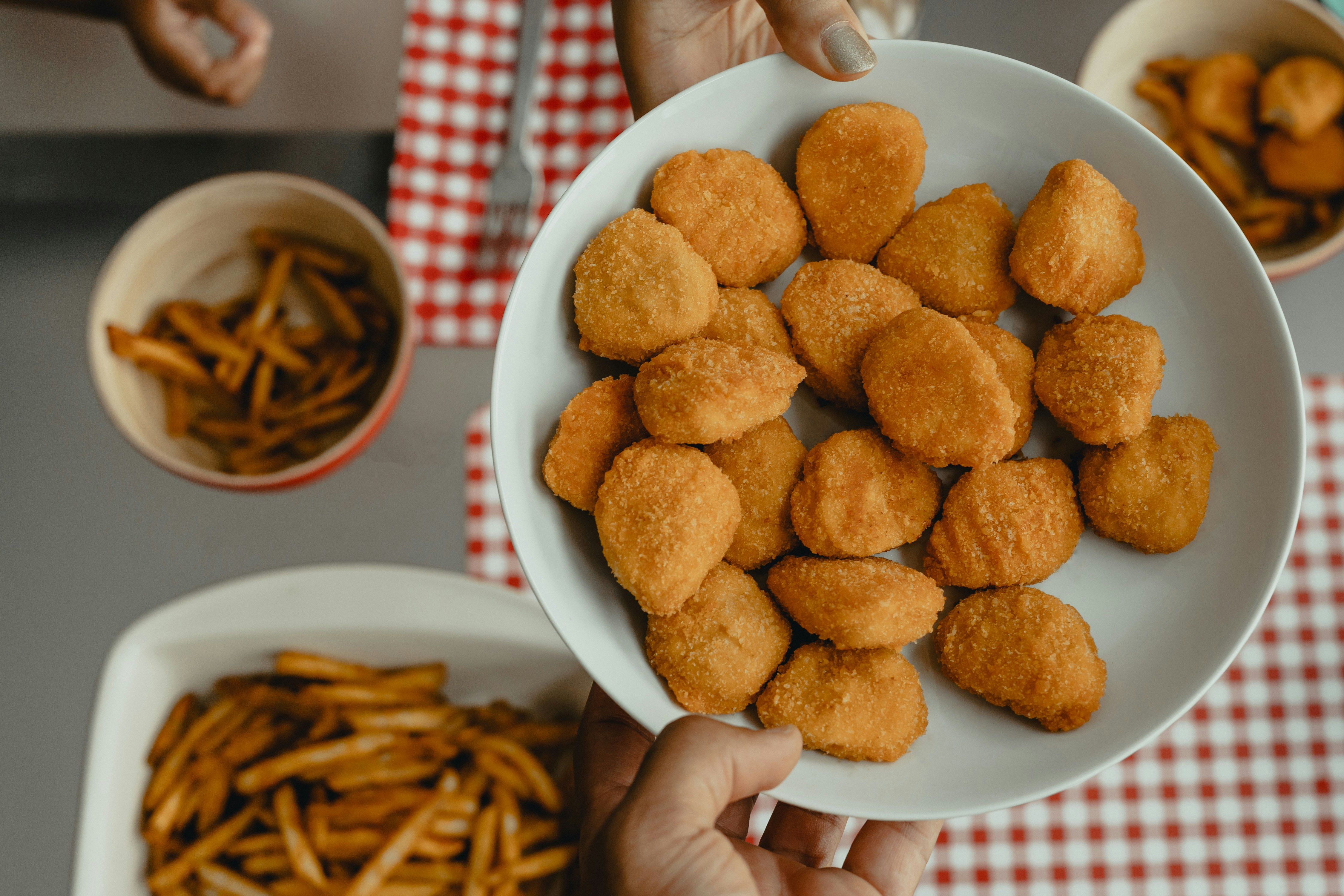
One of their key pieces of advice is to start small. It’s easy to get overwhelmed by the sheer amount of work involved in setting up a homestead. By starting with a small garden or a few chickens, you can gradually build up your skills and resources.
They also emphasize the importance of learning from others. Whether it’s through books, online resources, or local workshops, there’s a wealth of knowledge out there. Doug and Stacy themselves are a testament to the power of lifelong learning.
Here are a few more tips from Doug and Stacy for those considering starting their own homestead:
- Research and understand the legal and zoning considerations in your area.
- Plan for your water and energy needs from the start.
- Learn basic construction skills.
- Be prepared for setbacks and learn from them.
- Build a supportive network of other homesteaders.
Starting a homestead is a journey, not a destination. As Doug and Stacy’s story shows, it’s a journey filled with challenges, learning, and immense rewards.
Conclusion: The Future of Homesteading and Sustainable Living
Doug and Stacy’s homesteading journey paints a hopeful picture for the future of sustainable living. Their story shows that it’s possible to live a fulfilling, self-sufficient life while reducing our impact on the environment.
Their approach to homesteading combines traditional wisdom with modern innovation. It’s a model that can be adapted and applied in different contexts, from rural homesteads to urban gardens. As more people seek ways to live sustainably, the lessons from Doug and Stacy’s homestead become increasingly relevant.
In the end, Doug and Stacy’s story is about more than just homesteading. It’s about building a life that aligns with your values, embracing challenges as opportunities for growth, and contributing to a more sustainable and resilient future. It’s a story that continues to inspire and educate, one day at a time.
Conclusion:
Doug and Stacy’s homesteading journey is a testament to the power of passion, perseverance, and a deep connection to the land. Through their sustainable practices, DIY projects, and commitment to self-reliance, they have created a thriving homestead that serves as a beacon of hope and inspiration for others seeking to live closer to the land. As they continue to share their knowledge and experiences with the world, Doug and Stacy remind us that the path to self-sufficiency and fulfilment begins with a single step and a willingness to embrace the unknown.

